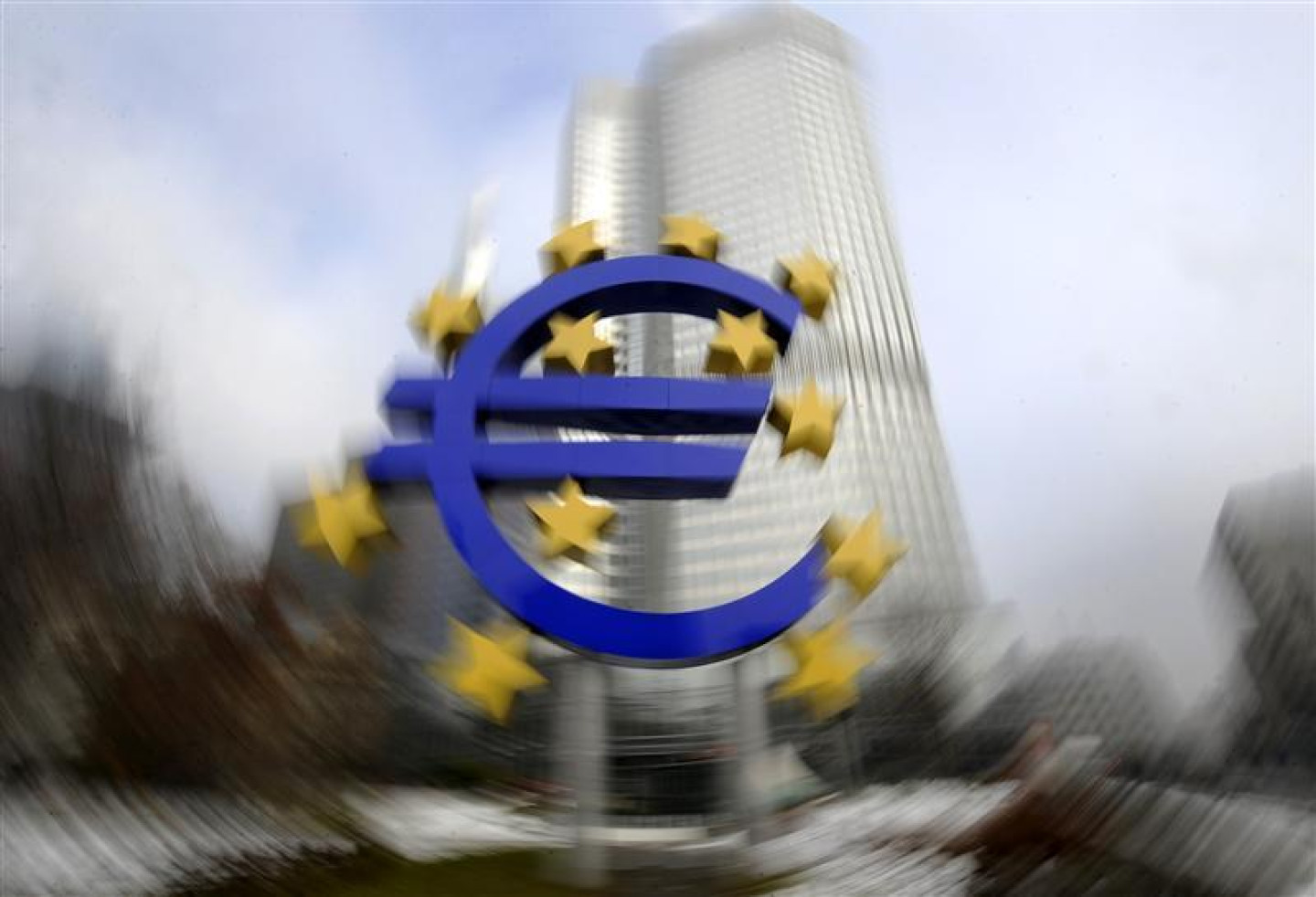Credit Rating Agencies Keep Eurozone Hanging in the Balance

Once again the credit rating agencies are sending shivers down the markets, as they continue to cast doubt over European economies and banks.
They're threatening downgrades and keeping much of the region on negative watch, leaving a large cloud hanging over the future of the euro.
On Friday Dec. 16 Fitch Ratings said that Belgium, Spain, Slovenia, Italy, Ireland and Cyprus face downgrade in weeks, unless drastic action is taken to save these economies.
There are doubts over the credibility of the rating agencies, given their history of AAA rating dodgy deals and banks.
Credit rating agencies gave the green light to dodgy sub-prime mortgage deals that sparked the financial crisis back in 2008.
Still, the rating agencies hold a lot of influence.
So what's Europe's current credit rating situation like?
The Already Downgraded
Banks have been suffering the wrath of the ratings agencies.
Fitch Ratings downgraded the ratings of Bank of America, Goldman Sachs, BNP Paribas, Barclays, Citigroup, Deutsche Bank and Credit Suisse, all of which have investments in European markets.
Moody's Investor Services downgraded Belgium two notches from its AAA rating, with the possibility of it going down further, as the country remains on negative outlook.
Back in July Fitch downloaded Greece to CCC following the failure of its economy, amid fears it would default on its debts.
Italy, Ireland, Spain and Portugal - some of the worst affected eurozone countries - have also been downgraded.
Ireland's government hit out at its downgrade by Moody's, saying it damaged its economic recovery.
Soon to be Downgraded?
The whole of the EU, including the eurozone, was placed on negative watch by Standard & Poor's, which means the rating agency is eyeing a downgrade for in the future if the outlook doesn't improve.
This was on Dec. 8 and the agency said there were 90 days to show the region could overcome its current crisis, else face an inevitable downgrade.
France had its AAA credit rating renewed by Fitch - though it remains on negative outlook.
What's the Outlook for the Future?
A recent EU summit failed to convince the rating agencies enough to put the region's economies and banks on a stable outlook.
EU finance ministers are currently trying to arrange a new €200billion IMF fund to help ailing eurozone economies through the current crisis, as well as the €600billion European Financial Stability Facility (EFSF) designed to maintain market confidence that, should the worst happen, there are enough capital reserves to bailout failing eurozone economies.
As the time wears on and progress on addressing the eurozone's immediate financial problems is taking baby steps forward, there's every chance of more downgrades across the region - the knock-on effect of which could spell disaster for the single currency area.
Tetchy markets will lose confidence and the cost of borrowing will probably be pushed into the unsustainable 7 per cent territory.
This is when we'll really find out if the IMF and EFSF's contingency funds were enough all along, as they'll both be ploughed into the failing economies to keep them afloat.
The truth is nobody knows what will happen if we reach this point, but it looks increasingly likely that we will arrive there.
© Copyright IBTimes 2025. All rights reserved.






















